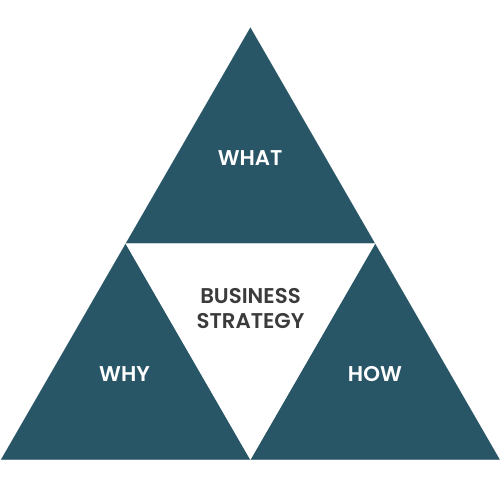Management Workshops
International research on the return on investments in prevention proves that every dollar invested in safety, health and well-being generates a potential benefit of more than two dollars in positive economic effects. Improving safety , health and well-being in the enterprise does not necessarily mean increased spendings. More important is it that management acts with awareness, leads consistently and builds a climate of trust and open communication on every level in the company. Healthy working conditions contribute to healthy businesses.
Implementing the Vision Zero Prevention Strategy requires the active contribution and participation of many different participants at company level. The success of implementing the Vision Zero Strategy will ultimately be determined by dedicated employers and executives, motivated managers and vigilant employees.
Safety, health and well-being require leadership. A joint management agreement on WHY safety, health and well-being is important for achieving business priorities provides a clear framework and helps the organisation to prioritize safety, health and well-being higher in busy daily work life.

Workshop Content
2 x 4 hours workshop
5-25 managers
The workshop is based on the following questions:
Why
Why is it important that we integrate safety, health and well-being in our business strategy?
What
What must we as managers do differently to integrate safety, health and well-being in our business strategy?
How
How can we as managers implement changes in our own leadership to integrate safety, health and well-being in our business strategy?
Workshop Output
- Each manager will obtain motivation and an understanding of their role in relation to strategic safety, health and well-being management in their own organisation.
- Each manager will receive a tool box on leadership tasks for each Vision Zero 7 Golden Rule
Take Leadership and Demonstrate Commitment
Your leadership is decisive in securing a profitable business with safety, health, and well-being for managers and employees – both in words and action. You play an important role in sharing knowledge about best safety, health, and well-being practices and encouraging proactive thinking across the organisation.
What are leadership tasks?
- Act as role model for safety, health, and well-being
- Ensure sufficient resources are prioritised (time, competences and finances)
- Integrate the safety, health, and well-being mindset into all parts of business tasks
- Address misconduct and motivate positive behaviour and habits
- Consider safety, health, and well-being when planning and delegating tasks to employees
- Continuously communicate the objective of safety, health, and well-being and engage in dialogue about how to progress
Examples of leadership tools
- Manager walks (including well-being) – Proactive Leading Indicators defined
- Manager talks (teams and 1-1) – Proactive Leading Indicators defined
- Policies, procedures, instructions and guidelines on safety, health, and well-being (e.g. stress prevention or harassment) – Proactive Leading Indicators defined



